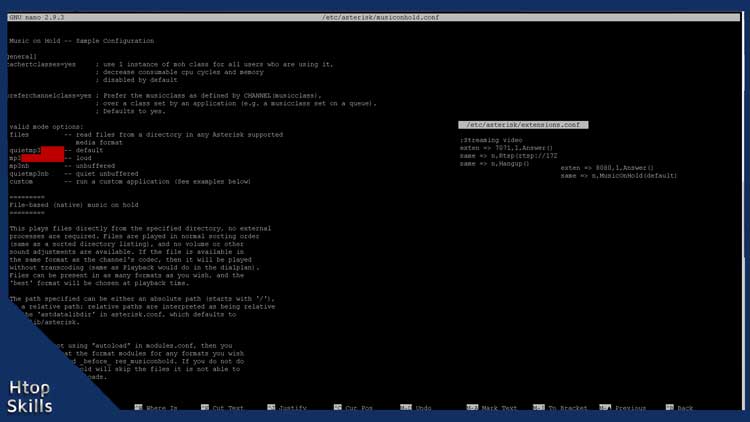

With globstar enabled, you may use '**' for pathname expansion. GNU bash, version 4.2.37(1)-release (x86_64-pc-linux-gnu)īefore you use '**', you must first enable the globstar shell option: To find out which bash version you are running, execute the following command: The double asterisk feature for bash first appears with bash4. This post focuses on the use of '**' for the bash shell. Different shells introduced the feature at different times with slightly different behavior. Unlike the single asterisk, the double asterisk is not standardized. A simpler solution is the use of the double asterisk ('**'). You may use the find command to generate a recursive listing of pathnames. The single asterisk, however, is not recursive: it does not traverse beyond the target directory.

For example, the ls * command lists the files and the immediate sub-directories of the current directory. How the asterisk behaves is standardized across all shells ( bash, zsh, tcsh, etc). If you are a Linux command-line user, most likely, you are familiar with the use of the single asterisk ('*') in pathname expansion (aka globbing).


 0 kommentar(er)
0 kommentar(er)
